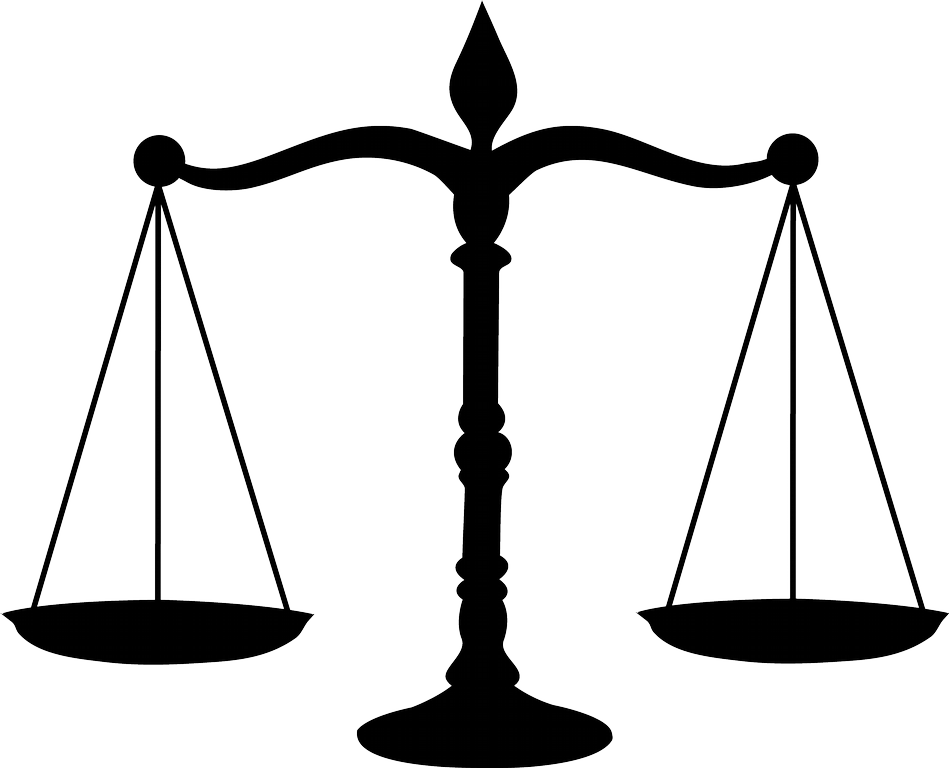Transportation
Transportation law governs the transportation system in the United States, including motor cycles, motor vehicles, trucks, railways, helicopters, and airplanes, and the infrastructure that supports the transportation system. Transportation law governs the mode of transportation and the transportation industry. It is an area of law that encompasses numerous other areas of law, such as trade law.
Transportation law is comprised of federal and state legislation. Transportation, however, is within the authority of the U.S. Congress by virtue of its mandate to regulate interstate and foreign commerce. The U.S. Department of Transportation is the primary federal agency that sets policies the American transportation system. Rules and regulation The Federal Aviation Administration governs the aviation industry. Policies from the FAA range from protecting flyers, cargo in air crafts, air traffic, airport and air carrier maintenance, pilots' and flight attendants' labor issues, and ticketing issues. The Federal Railroad Administration governs the railway industry. In the United States, railroads are used more for transporting goods, usually gas and oil, rather than people, and the FRA issues policies that focus on the safety of railroads to avoid fatal derailments. The National Transportation Safety Board also provides guidelines and investigates mass transit accidents. States pass their own rules and regulations regarding transportation that are in line with federal rules and regulations and create administrative agencies in concerted efforts with the federal government to ensure safety in the transportation system. The Occupational Safety and Health Administration governs longshoring and maritime industry safety and health standards. Other workers' law ensure that workers in the transportation industry are granted the same benefits.
Transportation law ranges from compliance to manufacturing standards, licensing and registration vehicles, and regulation of cargo in both land and air travel. The bulk of the work of transportation law attorneys lies in making sure companies are in compliance with regulations as non-compliance will result to penalties. With respect to companies providing transportation services, they are required that their vehicles adhere to standards imposed by the law and the vehicles are well maintained so that no untowardly accidents will happen while the vehicle is in transit. Accidents relating to the transportation of goods, especially when the commodity is hazardous or dangerous, is not uncommon. An accident involving a train carrying crude oil in July 2013 wiped out a portion of a town in Quebec, killed more than 40 people, resulted to numerous lawsuits, filed by the victims against possible responsible parties, and possible responsible parties against each other and against government agencies. The fatal train derailment pushed the railway company to bankruptcy. It is this kind of situations that companies aim to avoid, such that they retain transportation law attorneys to, foremost, ensure they are in compliance with the law, and defend them at the time when accidents happen.
Transportation by land and air is the most common mode of transportation in the United States. Making sure roads are safe and companies are in compliance with the law ensures that transportation will continue to contribute to the economic development of the country.

